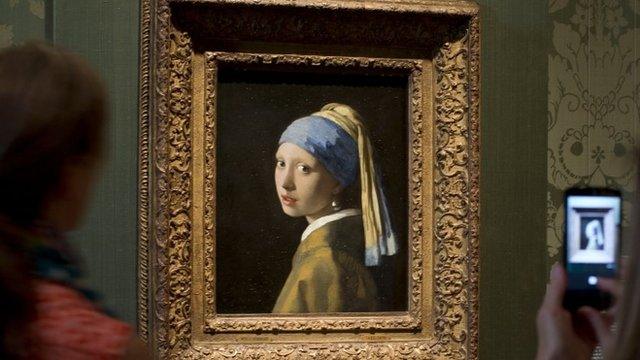Mauritshuis is the rock super-group of collections
- Published
The BBC's Will Gompertz goes behind-the-scenes at the Royal Picture Gallery Mauritshuis
The Royal Picture Gallery Mauritshuis reopens next week in The Hague, after a lengthy expansion project. The unveiling of this renovated 17th century Dutch palace will give visitors a chance to see some of the greatest masterpieces ever produced, reunited under one roof.
The Maurithuis's international strategy during its two-year refurbishment was simple: it would send its remarkable collection of Dutch Golden Age paintings out on a world tour. But only the very, very best would be selected; only the most masterful of its masterpieces.
The result was akin to putting together a super-group of rock stars, with Vermeer's Girl with a Pearl Earring (c.1665) on lead vocals...
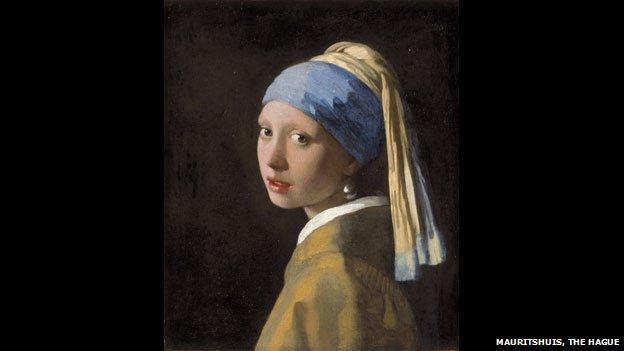
Supported by an elderly Rembrandt Self Portrait (1669)...
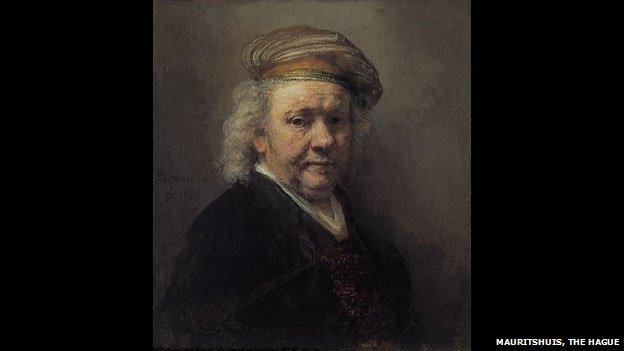
And old Laughing Boy here, by Frans Hals...
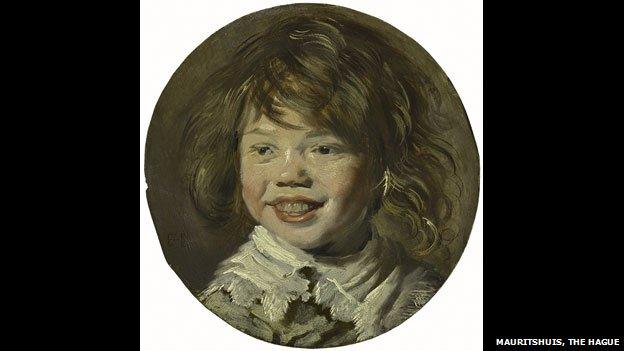
There was another painting among them, which started out being much less well known, but has returned a feted celebrity: The Goldfinch (1645) by Carel Fabritius.
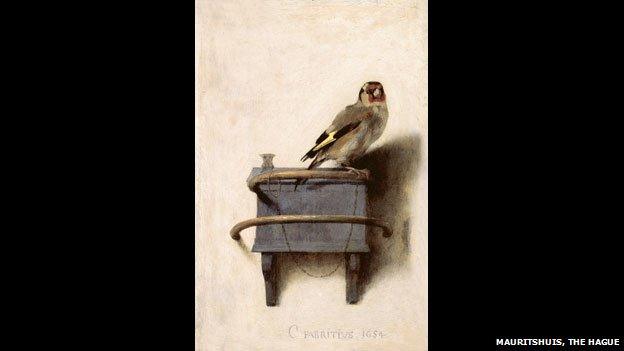
People were queuing round the block to see it last year in New York at the Frick gallery.
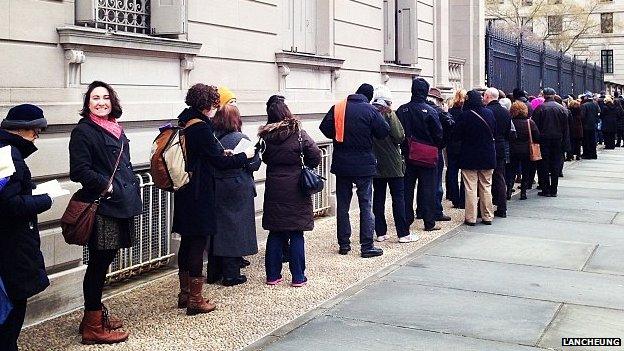
The Goldfinch's new-found fame is largely down to Donna Tartt's 2013 Pulitzer Prize-winning novel, which is not only called The Goldfinch, but uses Fabritius's image on its front cover.

Her media-savvy publishers launched the book on the same day as the Frick exhibition of Mauritshuis masterpieces opened and then made sure Ms Tartt was whisked over to the gallery for a signing.
Vermeer's Girl with a Pearl Earring is another painting that owes some of its iconic status to a modern author. Tracey Chevalier's Girl with a Pearl Earring became an international best-seller, which was subsequently turned into a movie starring Colin Firth and Scarlett Johansson.

The Girl owes her extraordinary radiance to Vermeer's liberal use of the rare and very expensive ultramarine pigment. It is by far the most famous painting by the Dutch master in the collection, but not his best according to the museum's director, Emilie Gordenker. That accolade goes to this painting...
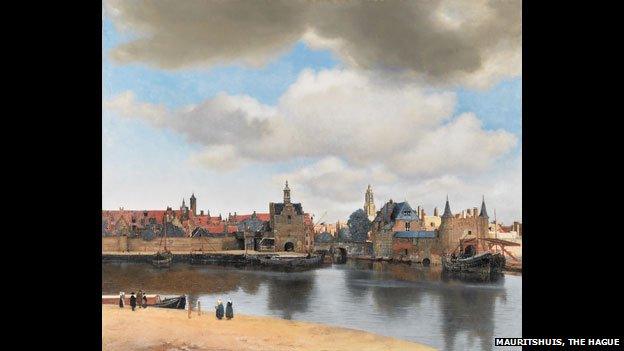
It is a very fine painting, a view of Delft, Vermeer's hometown. The way in which he makes the light catch a corner of a building or the face of the church tower is genius - there is no other word for it. The overall design of the image is just about perfect, the result of the artist making minute changes to the houses on the left of the picture until he was completely satisfied all elements of the composition were in harmony. Look closely, and you can see the paint on those houses has bubbled up to give an impasto effect.
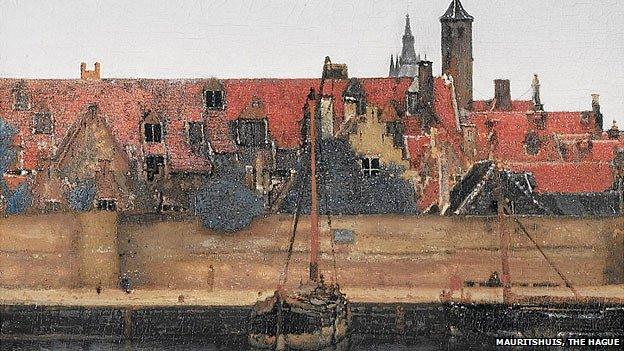
It had originally been thought Vermeer did it intentionally, but further research has revealed it is due to a chemical reaction in the paint that occurred long after Vermeer finished the picture. The upshot is that it will no longer be loaned to other museums, as it's now deemed too fragile to travel.
The reason Emilie Gordenker thinks that Vermeer's Girl with the Pearl Earring is more popular than his View of Delft, is not down to better craftsmanship, but because the image of the girl reproduces so well. Modern media, she argues, is behind the painting's popular success. Makes you think if Andy Warhol were alive today, he'd probably have added her to his canon. Mind you, others have given it a go in his absence…
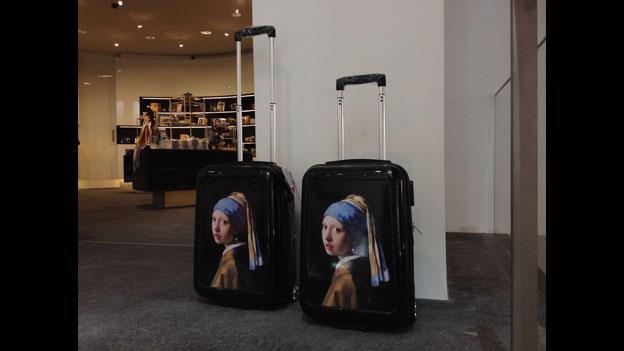
The Mauritshuis renovation and new extension has been elegantly executed. The paintings are hung against a variety of wallpapers befitting the building's 17th Century design, and benefit from some excellent 21st Century lighting, provided by the English firm Light Projects Group.
The Mauritshuis modernisation follows the recent re-opening of Amsterdam's three great public art galleries: The Rijksmuseum, Stedelijk, and the Van Gogh Museum. It puts The Netherlands right back in the game as one of the world's leading cultural destinations: a very welcome return to form that is currently being mirrored by its much fancied football team.
- Published20 June 2014
